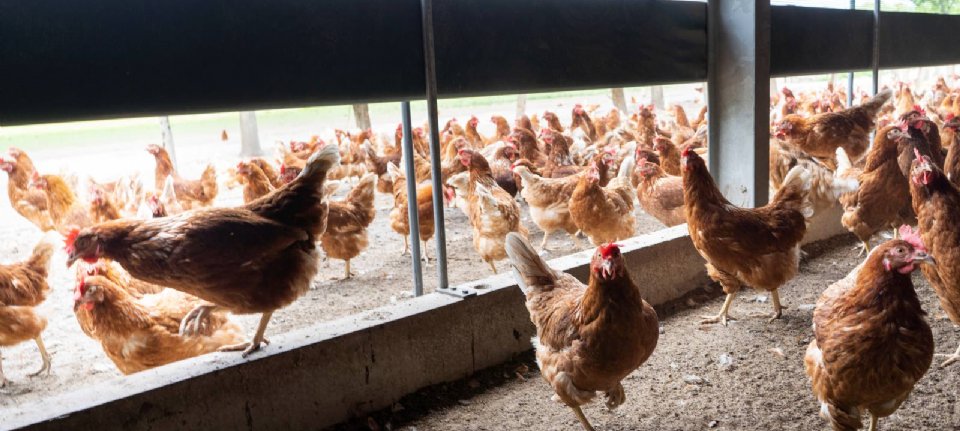This region is a well-known autumn migration route for wild water birds that migrate to Europe. The countries there are urged to strengthen biosecurity measures to prevent outbreaks of highly pathogenic avian flu this year.
According to the European Food Safety Authority (EFSA), Northern and Eastern Europe are probably the most vulnerable to new outbreaks. When highly pathogenic avian influenza was diagnosed in the same area in the summers of 2005 and 2016, epidemics followed in Northern and Eastern Europe.
–
If this pattern recurs this year, the disease is likely to manifest in these areas in the fall and winter. After that, further spread in Southern and Western Europe is also possible.
Update
The warning is in the latest update on bird flu in Europe and beyond by EFSA. The report has been prepared by EFSA, the European Center for Disease Prevention and Control (ECDC) and the European Union Reference Laboratory for Avian Influenza. The observations from May to August 2020 are included in this.
It is recommended to test dead or sick birds immediately. In addition, poultry farms in Europe can take extra biosecurity measures. The spread of the virus is likely to be accelerated by sudden and sustained drop in temperature in Central Russia and Kazakhstan. In previous years it turned out that bird migration really got going.
The Netherlands
Probably next week Wageningen Bioveterinary Research will come up with a update for the Dutch situation. This research center regularly issues a risk inventory on behalf of the Ministry of Agriculture, Nature and Food Quality.
– .


